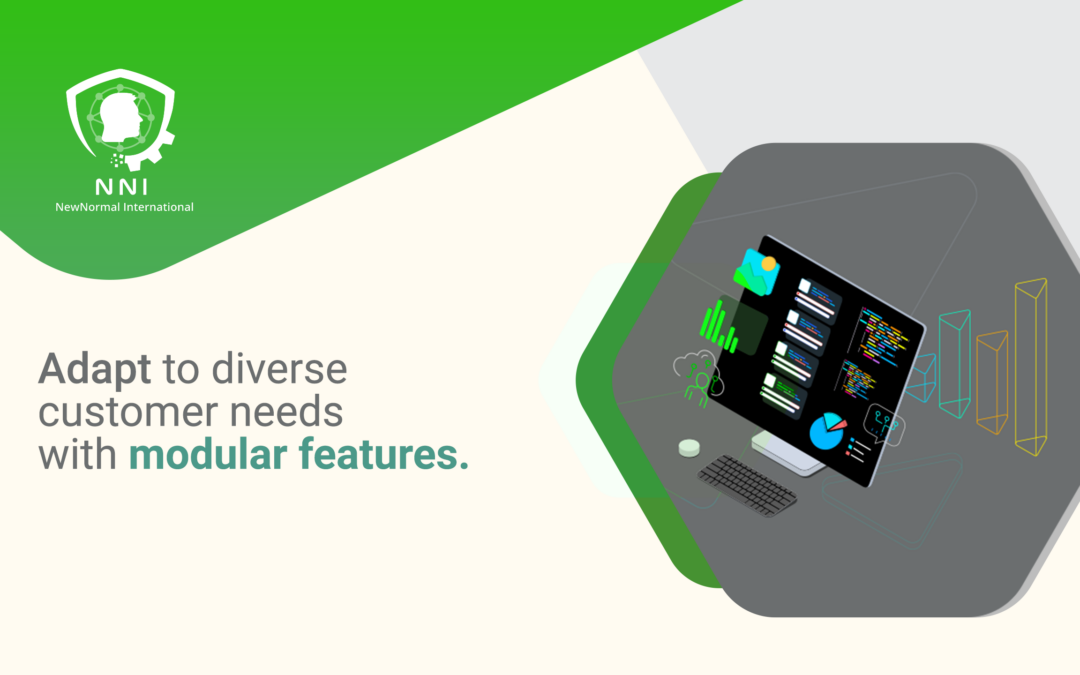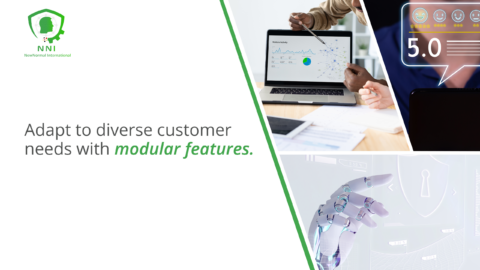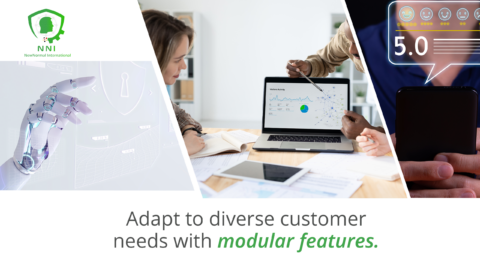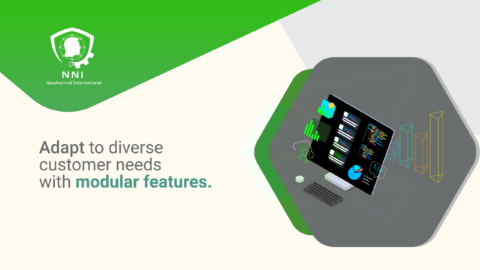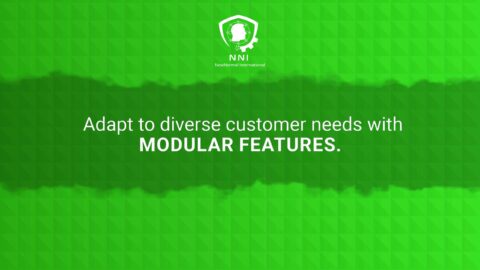Embracing Flexibility in Product and Service Offerings
In today’s rapidly evolving market, the ability to adapt to diverse customer needs with modular features is critical for businesses seeking sustainable growth. This article explores the significance of modular features in meeting varied customer demands, their role in change management, executive coaching, effective communication, and the integration of Generative Artificial Intelligence for enhanced customization.
Change Management for Modular System Implementation
Imagine your offerings as rigid monoliths, towering but inflexible, failing to adapt to the unique landscapes of your customers’ needs. Effective change management in the age of modularity demands not just chisels and hammers, but an intricate sculpting workshop, where you can craft bespoke solutions from a vibrant palette of customizable features. Introducing modularity isn’t just a tactical tweak; it’s a metamorphosis, transforming your offerings from inflexible monoliths into dynamic ecosystems, where each configuration resonates with the individual needs of your customers.
Think of product lines, once fixed constellations, morphing into adaptable galaxies, where modules seamlessly blend and shift to cater to every customer’s orbit. Gone are the days of one-size-fits-all frustrations; with modularity, you become a tailor, stitching together personalized solutions from a treasure trove of features. This flexibility isn’t just a selling point; it’s an innovation engine, empowering you to rapidly respond to emerging trends, experiment with new combinations, and stay ahead of the ever-shifting customer landscape.
But this transformation isn’t just about product design; it’s about reshaping your internal landscape. Change management becomes your sculptor’s assistant, equipping your employees with the skills and knowledge to navigate the new modular terrain. Training programs blossom into vibrant studios, where everyone learns to assemble, troubleshoot, and champion the power of customizable solutions. This cultural shift doesn’t just ensure smooth implementation; it fuels a passion for innovation, transforming your employees into enthusiastic co-creators of ever-evolving offerings.
So, don’t just chip away at your monoliths; unlock the artistry of modularity. Embrace modular features not as compliance exercises but as transformative opportunities. Watch as your offerings shed their rigidity and take on the infinite shapes of customer needs. Witness satisfaction soar as customized solutions become the norm, not the exception. And ultimately, celebrate your transformation from a monolithic producer to a master modular sculptor, leading the way in the era of personalized experiences and boundless customer delight.
Option 2: Focus on the practical benefits and potential challenges:
Imagine your sales pitch as a one-size-fits-all brochure, offering a generic solution to a diverse range of problems. Modular features are like dynamic infographics, customizing your message to resonate with each individual customer’s unique needs. These aren’t just fancy add-ons; they’re powerful building blocks that allow you to tailor your products and services, offering the perfect blend of features for every budget and preference.
Think of customer complaints, once a cacophony of dissatisfaction, morphing into precise requests for specific adjustments. Gone are the days of struggling to fit square pegs into round holes; with modularity, you can seamlessly swap features, add functionality, and cater to niche markets with laser-sharp precision. This customizability isn’t just a customer service tool; it’s a sales engine, empowering you to upsell, cross-sell, and unlock new revenue streams with every personalized configuration.
But navigating the transition to modularity can be a complex architectural feat. Legacy systems might resist, internal processes might need restructuring, and training employees on new configuration options can feel like building a house of cards. Additionally, managing a vast library of modules, tracking compatibility, and ensuring seamless user experiences require careful planning and ongoing maintenance.
So, embrace the challenge but approach it with a meticulous plan and a commitment to customer-centricity. Partner with experienced implementation teams, conduct thorough feasibility studies, and involve customers at every step of the design process. Remember, modularity is not a magic wand; it’s a powerful tool that demands ongoing refinement, agile adaptation, and a relentless focus on understanding your customers’ unique needs.
Watch as your one-size-fits-all brochure transforms into a personalized portfolio of customizable solutions. Witness customer satisfaction soar as you deliver perfect-fit offerings, not generic approximations. And ultimately, celebrate your transformation from a static provider to a dynamic architect of customer delight, leading the way in the era of modularity and personalized experiences.
Executive Coaching for Customer-Centric Strategies
Executive coaching services are instrumental in guiding leaders through the process of implementing modular features. Coaching can provide executives with insights into customer-centric strategies and help them develop the skills necessary to oversee a transition to more adaptable business models.
Effective Communication in Modular Feature Integration
Effective communication is crucial when introducing modular features. Clear communication with customers about the benefits and options available through modularization ensures that customer expectations are met and their satisfaction is enhanced.
Generative AI in Customizing Modular Features
The use of Generative Artificial Intelligence (AI) can significantly improve the customization of modular features. AI algorithms can analyze customer data and preferences to suggest the most relevant modular components, thereby providing a personalized experience for each customer.
Project Management for Modular Feature Development
Project management is vital for the successful development and implementation of modular features. It involves coordinating various aspects of product design, development, and marketing to ensure that modular options are well-designed, functional, and aligned with market demands.
Conclusion Adapt to Diverse Customer Needs with Modular Features
Adapting to diverse customer needs with modular features is a strategic approach that offers businesses the flexibility to meet individual customer preferences and changing market trends. By embracing modularization, companies can enhance customer satisfaction, increase loyalty, and drive business growth.
#ModularFeatures, #CustomerSatisfaction, #BusinessAdaptability, #GenerativeAI, #EffectiveCommunication


